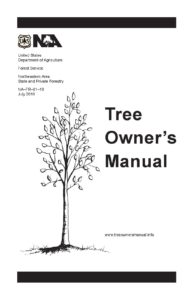By Kirsten Held, Division of Forestry Outreach Specialist
For more than a century, partnerships have been at the heart of our work to conserve and protect Wisconsin forests. One of those valued partnerships is with the National Association of State Foresters (NASF). Established in 1920, NASF is a non-profit organization composed of the directors of forestry agencies in the states, U.S. territories, and the District of Columbia. To celebrate the centennial of this national partner, the Wisconsin DNR-Division of Forestry will be posting 100 articles on this site throughout 2020 noted with #NASF100.
While Wisconsin may be best known for leading the nation in the production of specialty cheeses, the Wisconsin DNR-Division of Forestry is most proud of the many ways that forests make our state such a great place to live and visit as well as Wisconsin’s leadership in sustainable forestry.
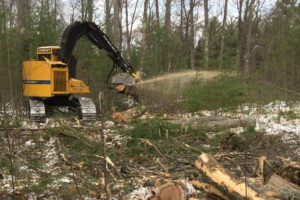
Processor Cutting Red Oak
For example, Wisconsin leads the nation in the value of forest product shipments, and for more than six decades, has led the nation in paper production. Wisconsin leads the nation in implementing third-party certification standards and nearly 7.5 million acres of forest land in Wisconsin are third-party certified today, providing independent assurance that the forests are being managed sustainably. We’re also among the top states with communities earning Tree City USA status in recognition for investments in their urban forests.
Throughout the year, these 100 posts will explore various Wisconsin forestry programs, projects and partnerships working together to keep Wisconsin forests working. Each month we’ll showcase a forestry career, property and one of Wisconsin’s common trees. We’re starting this year-long Wisconsin forestry journey with water-related posts as Wisconsin wraps up the Year of Clean Drinking Water and begins the 25th year of our Forestry Best Management Practices for Water Quality. After we explore the relationship between forests and water in January, in February we’ll look at the current status of Wisconsin forests (spoiler alert: our forests are growing in volume every year).
We hope you enjoy journeying with us as we explore Wisconsin’s rich forest resources – from the expansive Northwoods to the tree-lined avenues of Milwaukee – and the wealth of benefits they provide.
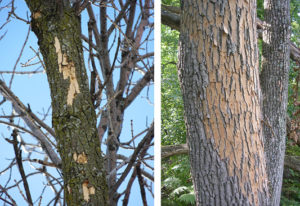



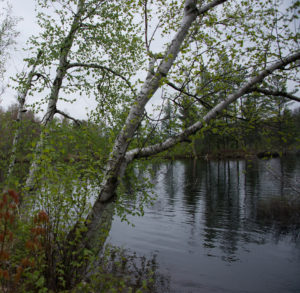
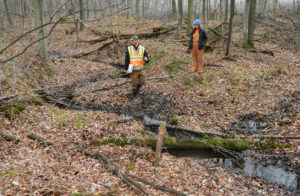 hydrologists – monitor our state’s water quality before, during and after forests are harvested. One is Nolan Kriegel. Through his work in safeguarding one of our major sources of clean water, he serves us all in this important job.
hydrologists – monitor our state’s water quality before, during and after forests are harvested. One is Nolan Kriegel. Through his work in safeguarding one of our major sources of clean water, he serves us all in this important job.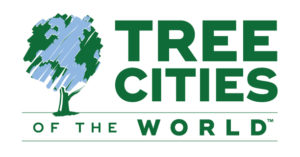 Now more than ever, trees and forests are a vital component of healthy, livable, and sustainable communities, in the U.S. and around the globe. Along with its partners such as the Wisconsin DNR, the Arbor Day Foundation is seeking ways to link together those that plant and tend urban trees and forests for the benefit of humankind.
Now more than ever, trees and forests are a vital component of healthy, livable, and sustainable communities, in the U.S. and around the globe. Along with its partners such as the Wisconsin DNR, the Arbor Day Foundation is seeking ways to link together those that plant and tend urban trees and forests for the benefit of humankind.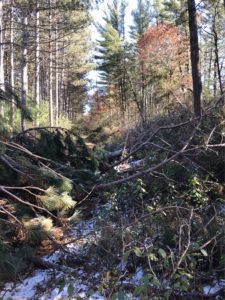
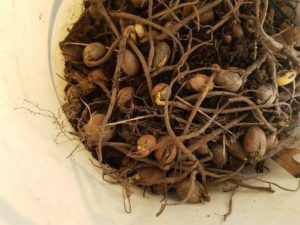 Dealing with the loss of ash trees to the emerald ash borer (EAB) can be disheartening, and the idea of replanting can seem overwhelming. But Tom Zagar, Muskego City Forester, saw a chance to try something new.
Dealing with the loss of ash trees to the emerald ash borer (EAB) can be disheartening, and the idea of replanting can seem overwhelming. But Tom Zagar, Muskego City Forester, saw a chance to try something new. 